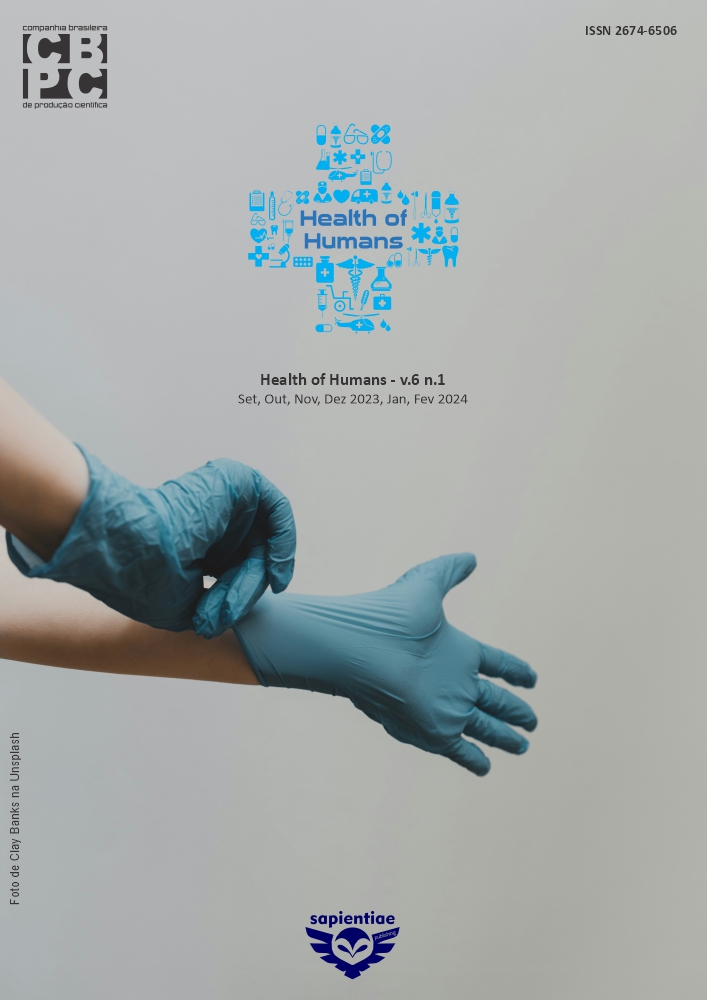Epidemiological profile of gestational syphilis in Minas Gerais state between 2009 and 2019
DOI:
https://doi.org/10.6008/CBPC2236-9600.2021.001.0007Keywords:
Gestational syphilis, Progression, Epidemiology, Public health, Sexually transmitted infectionsAbstract
Syphilis is a serious public health problem that presented a great progression of cases in Minas Gerais until the year 2018. It is mainly transmitted by unprotected sex, so it is considered a Sexually Transmitted Infection. In addition, it presents forms of transmission through blood transfusions, congenitally and through breastfeeding. Syphilis is caused by the bacterium Treponema pallidum and can affect people of all ages; however, it has especially dangerous consequences for the newborn, due to vertical infection, such as high morbidity and mortality, stillbirth, spontaneous abortion, prematurity, low birth weight, neurological sequelae and neonatal death. Therefore, Gestational Syphilis (GS) is a problem that deserves constant updating. Thus, this article aims to analyze the numbers referring to confirmed cases of syphilis in pregnant women in the Minas Gerais’ territory in the period from 2009 to the first semester of 2019. This is a quantitative study, based on the extraction of information available on the website of the Department of Chronic Conditions Diseases and Sexually Transmitted Infections, from the Health Surveillance Secretariat, regarding GS diagnoses in Minas Gerais from 2009 to the first semester of 2019. The variables analyzed were the number of GS diagnoses by gestational age (first, second or third trimester), age group (10 to 40 years or more), education (between illiterate and complete higher education), race or color (white, black, yellow, mixed race or indigenous), clinical classification (primary, secondary, tertiary or latent) and treatment regimen (Penicillin, another regimen or not). Therefore, after analyzing the data obtained, it became evident that the diagnosis of this disease in pregnant women was about 18.9% of the total value of cases in the state of Minas Gerais in the first half of 2019. The total value of cases diagnosed in this class of patients was 20,348 between 2009 and 2019, with prevalence in the third trimester of pregnancy, 39.41%. In addition, between the years 2009 and 2018, diagnosed cases of GS increased 1,485%, the highest value being 58.3% (2011 to 2012) and the lowest 8% (2015 to 2016), in addition, from 2017 to In 2018, the increase was 32.2% and in the first half of 2019 the figure was already above 38% of the number recorded in the previous year (4,851). The data showed that the cases diagnosed in early pregnancy have increased and that low education level cannot be related to GS infection in Minas Gerais.
Downloads
Downloads
Published
Issue
Section
License
The CBPC - Companhia Brasileira de Produção Científica (Brazil CNPJ: 11.221.422/0001-03) the material rights of the published works. The rights relate to the publication of the work anywhere in the world, including rights to renewals, expansions and dissemination of the contribution, as well as other subsidiary rights. All electronically published works may subsequently be published in printed collections under the coordination of this company and / or its partners. The authors preserve the copyright, but are not allowed to publish the contribution in another medium, printed or digital, in Portuguese or in translation.








